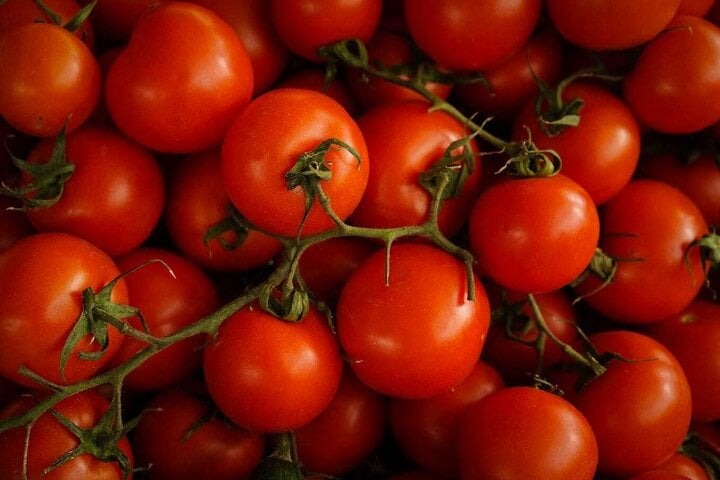“The Evolution of Tomatoes: Exploring the Science Behind Their Durability”
Thanks to advancements in agricultural science, many seasonal vegetables, including tomatoes, are now available year-round. Tomatoes, an essential ingredient in numerous dishes and sauces, are consistently accessible in the market, making it convenient for chefs to source this necessary produce.
However, it is evident that tomatoes today are firmer than they used to be. In the past, tomatoes were highly susceptible to bruising and damage, even with careful handling. Often, tomatoes purchased later in the day would already show signs of bruising. In contrast, today’s tomatoes maintain their firmness and integrity, even after going through multiple intermediaries. They are also less prone to excessive ripening and can be stored for longer, both at room temperature and in the refrigerator, a stark contrast to the rapid spoilage of yesteryear.

Tomatoes of the past were highly susceptible to bruising and damage.
The primary reason behind this phenomenon lies in the improvement of tomato varieties. To meet the demands of long-distance transportation and extended consumption, new tomato hybrids have been bred to possess increased toughness and resilience during transportation and storage. These modern varieties boast thicker skins and a more robust structure, reducing the chances of bruising and cracking. Moreover, the new hybrids exhibit improved disease resistance, making them less susceptible to bacteria and mold, thereby prolonging their shelf life. By minimizing bruising, consumers benefit from more affordable tomatoes and reduced food waste.
Another factor contributing to the increased firmness of today’s tomatoes is the fact that they are harvested before they are fully ripe. Compared to naturally ripened tomatoes, those harvested earlier contain lower starch levels, resulting in a firmer texture. Post-harvest, these tomatoes are stored at low temperatures to slow down the ripening process and inhibit bacterial and mold growth.

Today’s tomatoes are harvested before they are fully ripe.
Controlled atmosphere storage further contributes to reducing the respiration and ripening of tomatoes, protecting them from softening and bruising before they reach consumers, while also extending their shelf life.
However, the increased firmness and shelf life have led some to believe that the flavor of today’s tomatoes is not as robust as it used to be. The natural aroma and sweetness seem somewhat diminished. Nonetheless, tomatoes remain a nutritious food, packed with essential vitamins and minerals, and continue to be a key ingredient in countless recipes.
Tomatoes are still an excellent source of vitamins C, A, and K, as well as minerals like potassium and magnesium. While storage may reduce heat- and light-sensitive vitamins, the antioxidant content, such as lycopene, remains high.
The Top Foods That Should Never Be Refrigerated
Introducing the world of food storage: a delicate balance of preserving freshness and maintaining flavor. While the refrigerator is a handy tool for keeping your groceries in check, certain foods are better off outside its chilly confines. Uncover the surprising truth about common foods that thrive when kept at room temperature, and learn how to optimize your kitchen habits for the ultimate culinary experience. Prepare to rethink your food storage strategies and embrace a whole new world of flavor!






































